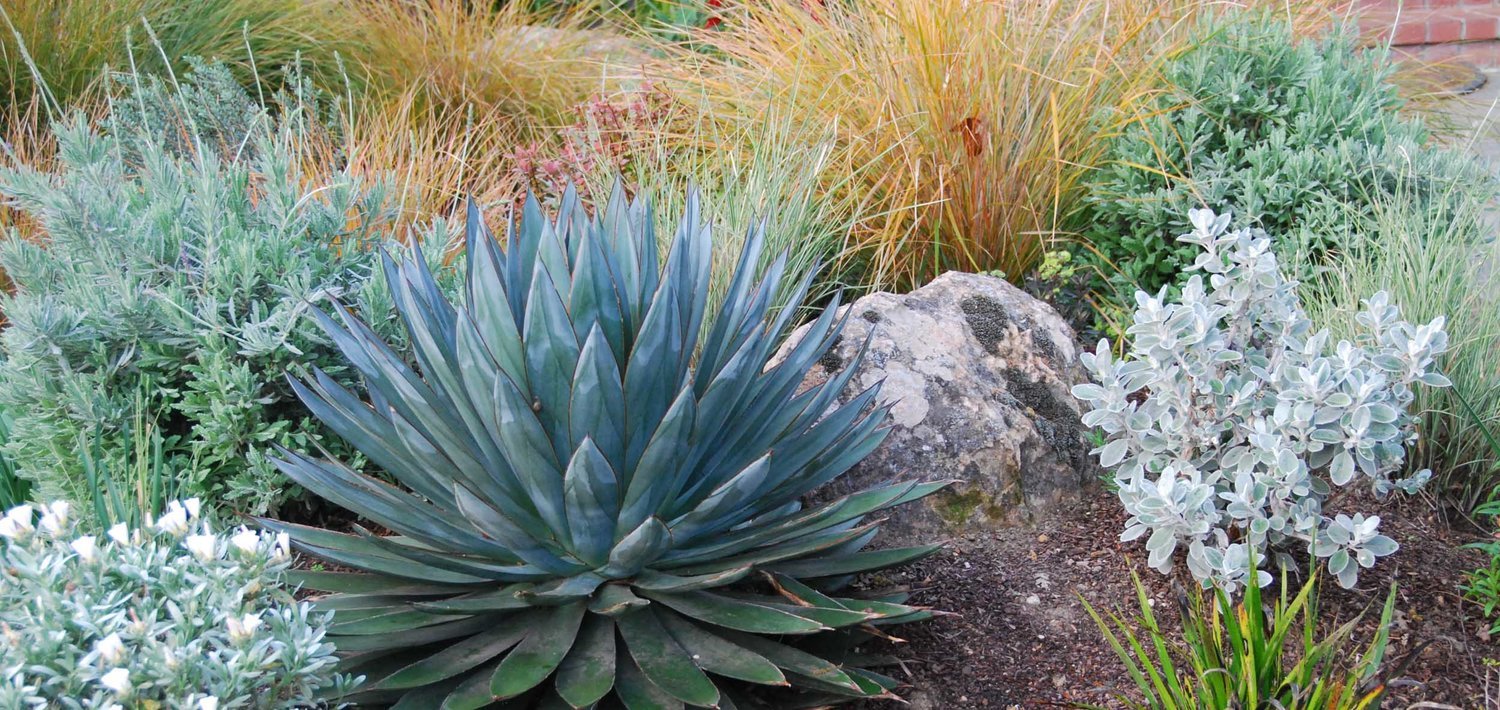-
Posts
46 -
Joined
-
Last visited
Reputation
2 NeutralPersonal Information
-
Occupation
Landscape Architect
-
Homepage
http://www.verdancedesign.com
-
Location
United States
Contact Info
-
Skype
johncblack1
Recent Profile Visitors
The recent visitors block is disabled and is not being shown to other users.
-

Worksheet not picking up landscape area plants
verdancedesign replied to Nic_Berry's topic in Site Design
@Jonathan Pickup I'll attach a pared-down version of my file as soon as I can… working under deadline this week so it might be a couple of days but I'll tag you when I do. Thanks! (I would expect the behavior to be the same in any file that has both plant objects and landscape areas, though.) -
@Jeff Prince I know, Data Tags are the future. The short story is I have inherited a legacy file containing some 200 plant tags, and I'm not going to spend my time rebuilding those as data tags. Are you saying that tag bubbles don't utilize an editable resource?
-

Worksheet not picking up landscape area plants
verdancedesign replied to Nic_Berry's topic in Site Design
Bringing this topic back to life in case @Nic_Berry or @Jonathan Pickup or @Katarina Ollikainen or anyone else has ideas… I've got a landscape area comprising plants of numerous classes (e.g. named "PLANT-Shrub", "PLANT-Perennial", "PLANT-Succulent" etc.). I want to capture all of these, plus other individual plant objects, into one worksheet. Furthermore, I want to group the plants by class in the worksheet. Currently I'm successfully using multiple database rows within the worksheet to group the plants by class, with criteria for each class like: =DATABASE(NOTINREFDLVP & (NOTINDLVP) & ((R IN ['Plant Record']) & (C='PLANT-Succulent') & ((L='planting')))) This captures the individual plant objects, and also captures all the plants within any landscape areas that are assigned to one of my "PLANT-" classes. However, if the landscape area is not assigned to one of those classes -- for instance, I've assigned it to "0" because it contains a mix of plant types/classes -- then the worksheet does not capture the plants that comprise the landscape area. So my question is the same as the original: how do I capture the plants in a landscape area into a worksheet, ideally by class? Thank you for any guidance you can provide! —John -
I'm resurrecting this topic to ask, in v2023 how can I edit the default Plant Tag bubble contents and layout? In @lgoodkind's example above, for example, I would like to change the ID ("ole eur") to the plant's SKU. I'd also like to change the font, since the tag does not pick up the Text Style of the tag's class. (Yes, I am still using Plant Tags and not Data Tags.) @Katarina Ollikainen perhaps you can advise? Thank you! —John
-

Worksheet not picking up landscape area plants
verdancedesign replied to Nic_Berry's topic in Site Design
Hi @Nic_Berry -- Is it possible for you to post the database criteria you used, or the worksheet you started with, or otherwise how you succeeded in counting landscape area plants within your worksheet along with individual plants? -

Where are tool palette images located?
verdancedesign replied to verdancedesign's topic in General Discussion
WOW, @STR and @Robert Anderson -- this is so far beyond my pay grade I never would have found it (and still may not attempt it) — but it is exactly what I was looking for. (And, BTW, did not find when searching the Forum for "tool" and "image" … guess "toolset" and "picture" was necessary.) Thank you!! -

Where are tool palette images located?
verdancedesign replied to verdancedesign's topic in General Discussion
Thank you both, @Pat Stanford and @efa! The icons inside Applications/VW/VWHelp/HTML5/VW2020_Guide are low-res (I presume these are used for the online help manual), so the app can't use them for tool palette images. The images inside the application package are within the Vectorworks.vwr file, which cannot be selected when trying to select an image from the Workspace Editor, so back in the Finder I selected Vectorworks.vwr and did another right-click to Show Package Contents, and voila! there is the /Images folder that contains subfolders of not only the images used in the Basic toolset but also images used in the OIP, worksheet editor, and almost everything else in the app -- excluding, interestingly, the images used in other toolsets e.g. Dims/Notes. I have no idea where those images are hiding, but that's my next mission! Note that the Tools images are the correct dimensions; but most others will need to be resized to 52x40 (at 72 ppi) to be used by the tool palettes. I duplicated the /Images/Tools folder and moved it to my desktop, and from there I can select an image from the Workspace Editor for my new custom palettes. I'll post updates here as I learn more. Thanks again for getting me going in the right direction. -
Customizing my tool palettes, and although I know it's possible to create new icons/images and apply them to tool sets, I would like to repurpose some of the existing icons (e.g. the house icon for "Building Shell" or the light bulb for "Visualization"). Where in the MacOS do they live?
-
verdancedesign changed their profile photo
-
Thanks, @Matt Overton! It was hidden in plain sight. Specifically, for anyone wondering the same: go to Tools>Organization>References (or Navigation>References palette); select the referenced source file to change; click Edit…; click Browse… to select and Open the new source file. As Matt notes, all viewports referencing the old source will change to reference the new one (viewport attributes such as crop and layer/class visibilities will not change).
-
Not to hijack the thread, but a related question: is it possible to change the source of a referenced viewport to a different file (not a different layer/class in the same file), or must a new viewport be created?
-
I'm looking for best practices and would love your perspective… I'm creating a single "master" file of preferred plants (planning to organize them by type similar to @J. Wallace's system). The 2D symbols will be simple circles. In my workflow I use separate classes for Trees, Shrubs, Perennials, etc. — primarily differentiated by line weight (trees = thick line, perennials = thin line, etc.). In your opinion/experience, should I create the 2D geometry using these classes and their default attributes (e.g. the circle representing Acer palmatum would be class Tree with thick line, the circle for Rudbeckia fulgida would be class Perennial with thin line) so that the class attributes always "follow" the symbol? Or, should I make the geometry generic (e.g. class 0), and assign classes to the symbols when I place them in the plan? The former method looks like a lot more upfront work, but if it has long-term benefits I'll spend the time… I just don't want to do this again. Thanks for your opinions!
-

Plant center dots disappear in viewport; no tag line
verdancedesign replied to verdancedesign's topic in Site Design
I've figured out why the center dots disappear -- now I need a fix. The problem seems to be that the center dot is, by VW default, a color other than Black. Therefore, when I set either the Document Preferences or the viewport properties to "black and white only," the (non-black) center dot disappears. The only workaround I have found is to turn off all the "black and white only" options, then set the pen color of every class in the viewport to black, which overrides the default dot color. If anyone has a true solution -- i.e. actually editing the center dot settings -- I would love to know about it. Thanks. -
FWIW, this happens only using the drop-down Plant ID list; I can get around it by selecting the plant using the Plant Preferences button.
-
Evolving the thread a bit: in VW2011 I find that when I've used 3 or more different plant symbols, selecting one of the "used" symbol names from the top of the 'Plant ID' drop-down list actually gives me the symbol listed above the one I selected. Anyone else having this issue? Anyone at VW aware of it?
-
I am being driven mad by a couple of problems with plant symbols and would really appreciate any insights. I've created a plant symbol, and placed an array of it on a Design Layer, which is referenced by a Sheet Layer viewport. When the symbol's "Tick Style" is set to "Cross," the center tick shows up both in the Design Layer and the viewport. But when "Tick Style" is set to "Dot," the center ticks show up as expected in the Design Layer, but not at all in the viewport. Furthermore, I have the symbol's "Tag Center" set to "Continuation Line", but don't see that line in either Design Layer or viewport, no matter how the tag is oriented. All my classes and lines are visible, and the Properties of the plant group are consistent with the properties of the symbol definition. The problem persists with other plant symbols (e.g. VW defaults), not just my own creation. I've also tried editing the symbol graphic to center on 0,0 but that creates the additional problem of symbols and ticks/tags being displaced from each other, without solving the visibility problems. Snapshots of the symbols in Design Layer (good) and Sheet Layer (bad) are attached. Thanks in advance for your help.


